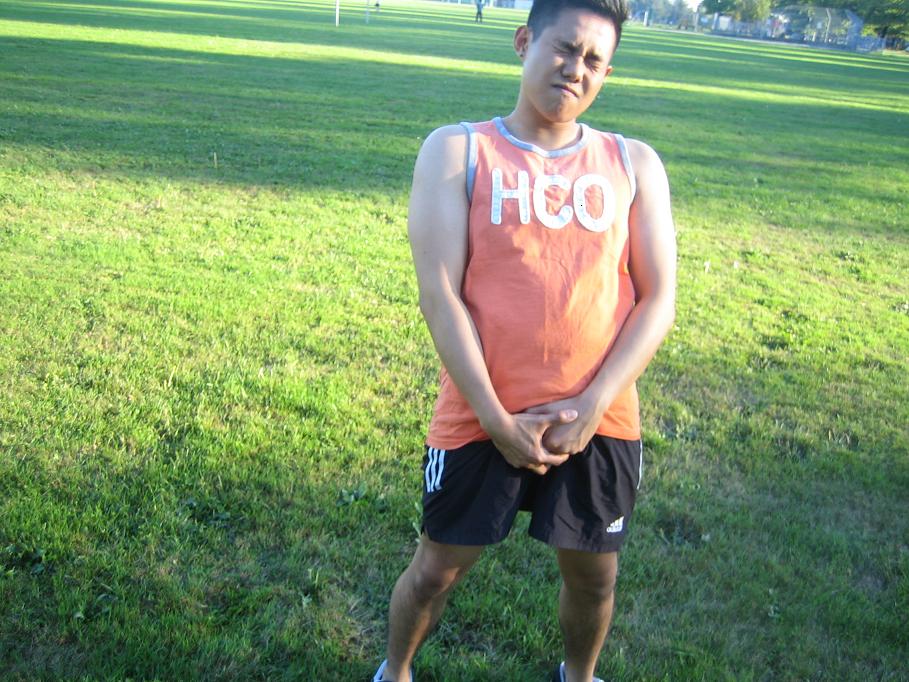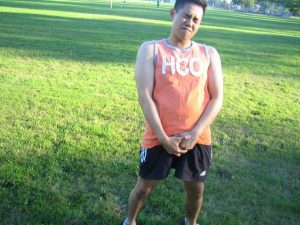Sports hernia is a soft tissue injury that causes pain in the groin area. It usually happens during playing sports that requires sudden changes in direction or twisting movements. Sports hernia is a tear or strain on any tissue or muscle, tendon or ligament found in the lower abdomen. The condition is common in people playing sports such as soccer, hockey and tennis. It is characterized by lingering groin pain for months.
Causes of sports hernia
- Hard and sudden planting of the feet and intense level of twisting of the body especially during playing sports such as shooting a hockey puck, kicking a soccer ball and turning to catch a lacrosse ball.
- Professional players
- Male players are susceptible to this condition.
Severe groin pain while twisting, turning, sprinting and running. - This condition develops gradually over a period of time.
- Age-related weakness due to the degeneration of the muscles and bones as well as obesity and defects in the groin from birth and previous surgery.
Symptoms
- Severe groin pain while twisting, turning, sprinting and running.
- Stiffness and tenderness after an activity.
- Pain in the groin while turning or getting out of a car.
- Pain in the affected area while sneezing and coughing
Treatment
- Take plenty of rest at least for 4-6 weeks from regular sports and other strenuous activities for fast healing of the condition.
- Apply an ice pack on the affected area for at least 10-15 minutes every 4 hours throughout the day to lessen the swelling and pain due to sports hernia.
- Compress the affected area using compression shorts and warm pants to lessen the symptoms and worsening of the tear.
- Take the prescribed anti-inflammatory medications such as ibuprofen or naproxen to lessen the pain and inflammation of the affected tissues.
- Seek the help of the physical therapist for some rehabilitation exercises and restore normal functioning of the affected area. Perform exercises to strengthen the muscles of the pelvic area, lower extremity and tendons, core muscles, and stretching of the lower abdominal muscles.
Tips
- Warm up by stretching the muscles and avoid sudden turning or stops to prevent stretching of the groin muscles too far that results to sports hernia
- Use proper weight lifting techniques.
- Drinking plenty of liquids to prevent dehydration.
- Avoid constipation by consuming plenty of fiber-rich foods
- Perform exercises regularly, especially focusing on strengthening of the abdominal muscles.
FACT CHECK
https://www.sports-health.com/sports-injuries/groin-injuries/sports-hernia-symptoms-and-diagnosis
https://orthoinfo.aaos.org/en/diseases–conditions/sports-hernia-athletic-pubalgia/


